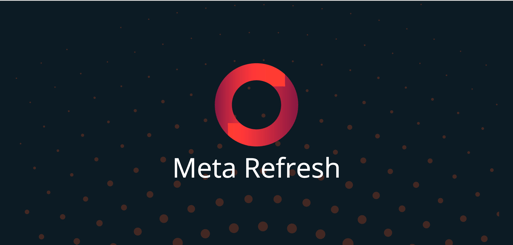
Oct 2018
22 Mon
23 Tue
24 Wed
25 Thu
26 Fri 09:30 AM – 05:30 PM IST
27 Sat 09:45 AM – 05:05 PM IST
28 Sun

Oct 2018
22 Mon
23 Tue
24 Wed
25 Thu
26 Fri 09:30 AM – 05:30 PM IST
27 Sat 09:45 AM – 05:05 PM IST
28 Sun
Ravi Suhag
@ravisuhag
Submitted Oct 3, 2018
In the real world, when we buy a product, it comes with a quick guide or some other form of documents which help you get going with the product. Without these documents, we’ll have to learn how to use the product leveraging solely on the ‘trial and error’ method — which is not a pleasant user experience at all.
We support and build data products for more than 15 internal teams. Our target audience includes product managers, developers, operation managers, and business analysts. Hence:
We faced problems in communicating what the Data team is working on and what is next in our product lineup.
It was getting harder to make clear that there is something missing in their life and that is our product/service.
We found ourselves handling support requests on a daily basis, consuming a lot of our core development time.
Worst of all, for developers, data engineering became equivalent to Firehose (data consumption toolkit). For business analysts, we were Dagger team (data aggregation toolkit), for OMS teams we were fronting team.
Introduction
Need of technical documentation for your product
Process
Ravi Suhag is Data Engineer at GO-JEK
Oct 2018
22 Mon
23 Tue
24 Wed
25 Thu
26 Fri 09:30 AM – 05:30 PM IST
27 Sat 09:45 AM – 05:05 PM IST
28 Sun
Hosted by
{{ gettext('Login to leave a comment') }}
{{ gettext('Post a comment…') }}{{ errorMsg }}
{{ gettext('No comments posted yet') }}